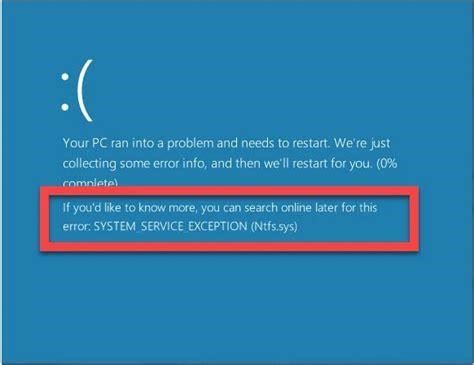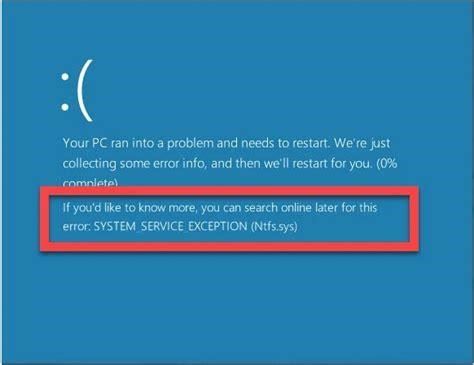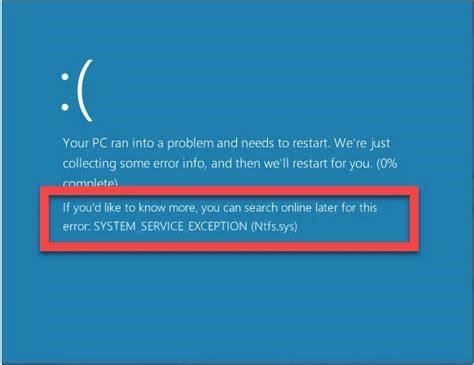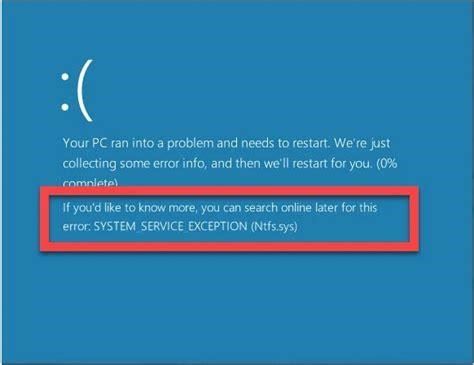Resolving the Dreaded DPC_WATCHDOG_VIOLATION BSOD in Windows 11
We’ve all been there before. You’re happily computing away when suddenly – bam! The dreaded Blue Screen of Death (BSOD) pops up, freezing your system and plastering your screen with ominous messages about a "DPC_WATCHDOG_VIOLATION." Don’t panic! In this post, we’ll walk through some key troubleshooting steps to help resolve this pesky Windows 11 error.
What Causes the DPC_WATCHDOG_VIOLATION BSOD?
The DPC_WATCHDOG_VIOLATION occurs when a device driver or hardware component is delaying normal system operations. Specifically, it’s triggered when the Deferred Procedure Call (DPC) watchdog timer expires while waiting for a lower priority process. This prevents the system from hanging and forces a reboot.
Some common culprits include:
- Outdated, buggy, or incompatible drivers
- Faulty hardware like RAM, GPUs, or controllers
- Damaged system files
- Conflicts between software, drivers, and OS
The error can occur randomly but is most prone to happen when utilizing graphics/CPU-intensive programs that leverage drivers.
12 Fixes for the DPC_WATCHDOG_VIOLATION in Windows 11
While frustrating, this STOP code bug check is manageable with some targeted troubleshooting. We’ll walk through a variety of approaches, from quick and easy fixes to more involved options. Try them one-by-one until the BSOD stops:
1. Update Your Drivers
Since driver conflicts are a leading cause of DPC_WATCHDOG_VIOLATION errors, updating them is a logical first step. Prioritize graphics card drivers, but also consider network adapter, storage, and motherboard drivers. Manufacturers frequently release fixes – installing the latest versions can resolve OS and hardware clashes.
2. Perform SFC and DISM Scans
Use the System File Checker (SFC) tool to scan for and replace corrupt system files which could be triggering the BSOD. The Deployment Image Servicing and Management (DISM) tool also repairs the Windows image. Follow these steps:
- Open an elevated Command Prompt
- Run "SFC /scannow"
- Run "DISM /Online /Cleanup-Image /RestoreHealth"
This will check your operating system files and repair any integrity violations.
3. Run a CHKDSK Scan
Use the CHKDSK scan to check your hard disk drive for file system errors and bad sectors. Here are the steps:
- Open Command Prompt as admin
- Type "chkdsk /f" and hit Enter
- Restart your PC – the scan runs before Windows 11 loads
CHKDSK will attempt to repair any disk problems it finds.
4. Update BIOS and Firmware
Check your motherboard and component vendors for BIOS and firmware updates. Flashing to the latest BIOS optimizes compatibility between the hardware and Windows 11, which could fix the DPC violation. This is especially relevant for newer platforms like Intel Alder Lake.
5. Uninstall Conflicting Software
If you recently installed new software, try removing it to see if the DPC_WATCHDOG_VIOLATION persists. Anti-virus suites are a common source of conflict. Use Programs and Features settings to uninstall. Reboot afterwards.
6. Disable Overclocking
Any form of CPU/GPU/RAM overclocking – even XMP profiles – can potentially cause system instability if pushed too far. Reset your BIOS to default settings if you are overclocked. Stress tests like Prime95 can also help identify hardware issues.
7. Update Windows 11
Make sure you have the latest Windows Updates installed. Microsoft continuously patches the OS and many updates include bug fixes for the DPC_WATCHDOG_VIOLATION error. Keep Windows 11 updated for the best stability.
8. Clean Install Graphics Drivers
Use the DDU tool in Safe Mode to fully uninstall GPU drivers before reinstalling the latest versions cleanly. This wipe can eliminate any corrupted remnants left behind by buggy graphics drivers.
9. Test Your RAM
Faulty RAM modules can crash Windows 11 with a DPC_WATCHDOG_VIOLATION. Test your memory sticks by removing modules one at a time and stress testing each config. Also consider memetest86 for more comprehensive testing.
10. Check Event Viewer
Consult the Windows Logs within Event Viewer for detailed crash dump files and error info around the time of the BSOD. Look for driver names, crash codes, and logging timestamps to pinpoint the cause.
11. Test Hardware Outside Windows
If possible, stress test components like CPUs and GPUs using independent tools like Intel XTU or FurMark. Hardware instability can cause crashes even outside of Windows, pointing to physical defects. Consider RMAing defective parts.
12. Clean Windows Install
As a last resort, a completely clean reinstallation of Windows 11 can eliminate any lingering software gremlins. Backup your data and perform a fresh install. Only install the necessities. If BSODs persist, suspect a hardware fault.
Prevention Moving Forward
Once you’ve resolved the immediate DPC_WATCHDOG_VIOLATION error, enact some long-term precautions:
- Keep Windows and drivers updated
- Avoid risky overclocking
- Only install trusted software
- Clean install major Windows updates
- Monitor system stability with HWiNFO
- Test components before deploying upgrades
With some dedicated troubleshooting, you can banish this bothersome BSOD. We hope these tips help resume normal, stable operation. Let us know if any solutions worked for your DPC_WATCHDOG_VIOLATION issue!




